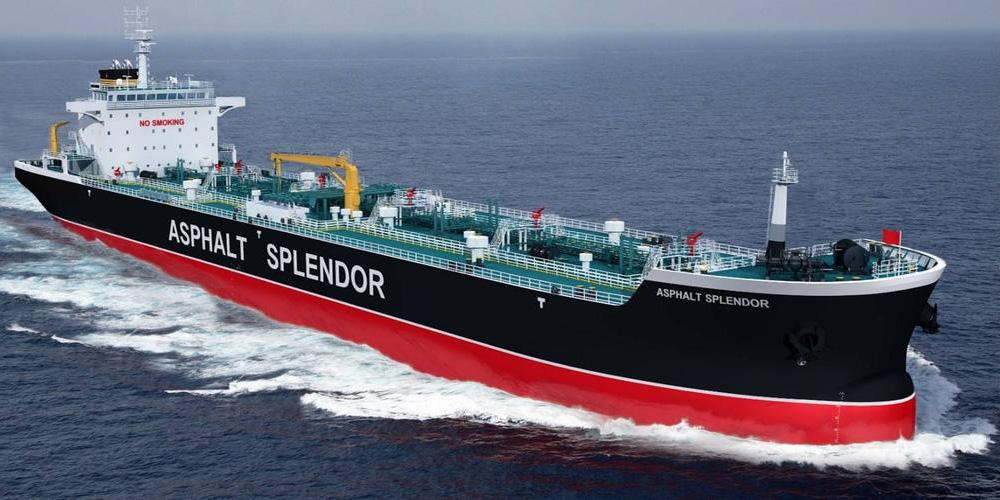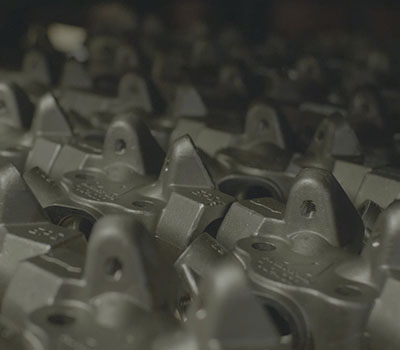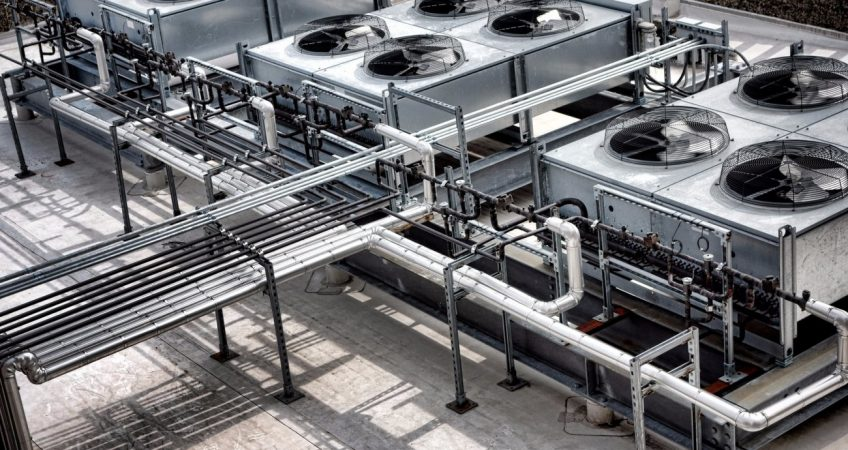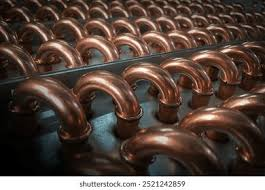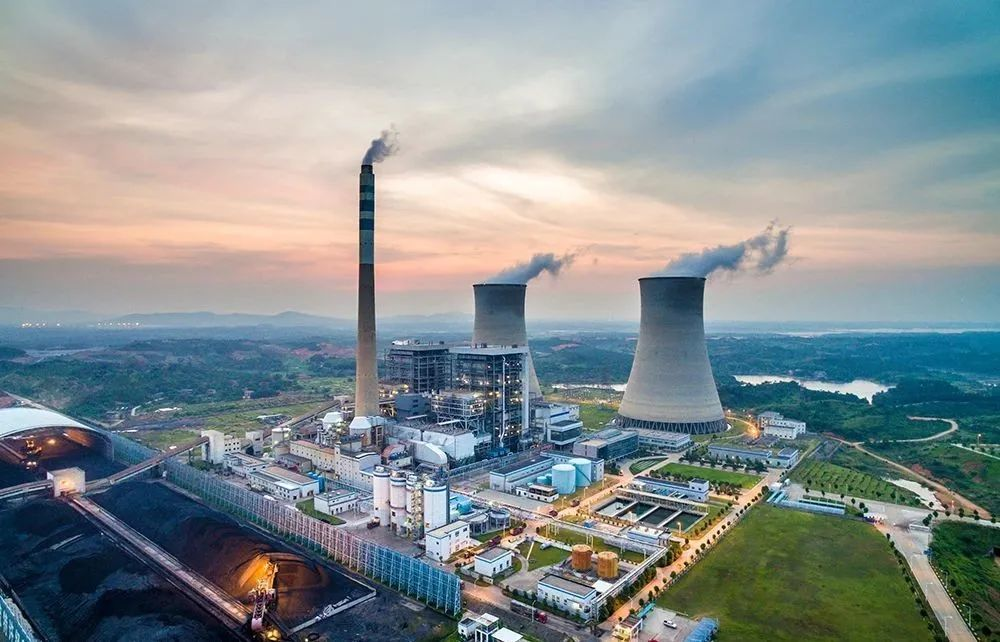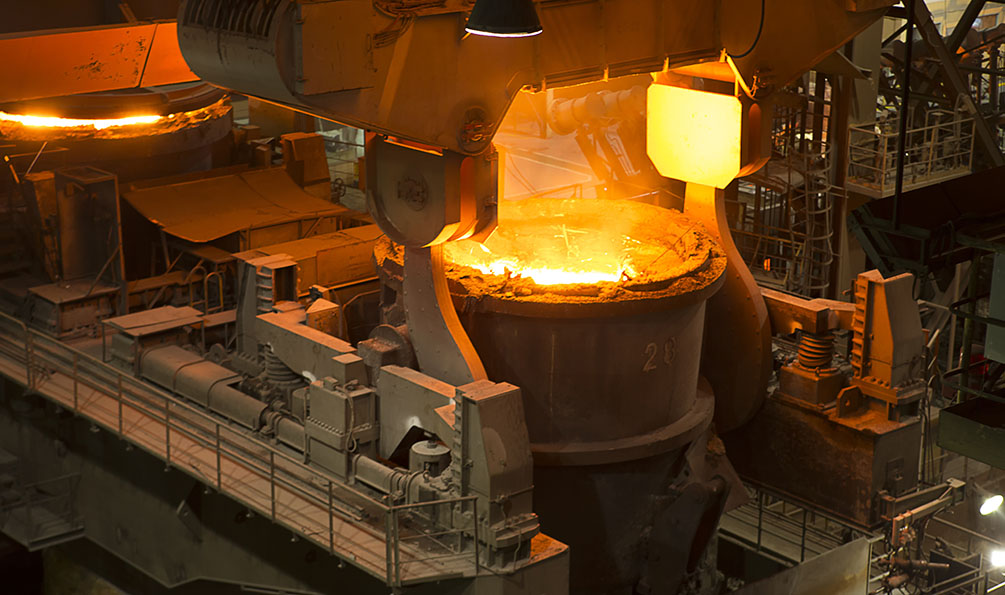Many industries today, from food processing to pharmaceuticals, rely on efficient heat transfer technologies to optimize their operations. One essential component leading the charge is the **forced draft finned tube exchanger**, a specialized type of heat exchanger designed for maximum thermal efficiency and durability. Whether you are streamlining chemical waste management or improving energy savings in food production, these exchangers offer unmatched performance and reliability.
What Are Forced Draft Finned Tube Exchangers?
Forced draft finned tube exchangers represent a critical segment of heat exchange technologies. These devices combine finned tubes and forced airflow to optimize heat transfer in a compact format. The use of finned tubing enhances surface area, leading to improved heat dissipation and thermal efficiency compared to traditional systems. In industrial applications, these exchangers ensure consistent heat transfer rates even under demanding conditions.
One striking feature of these heat exchangers is their modular design, which allows for easy installation and adaptability across various sectors. The materials used, such as corrosion-resistant copper and robust steel tubing, ensure durability without sacrificing efficiency. In environments with rigorous heating and cooling demands, the forced draft finned tube exchanger proves itself invaluable.
Key Benefits of Finned Tube Heat Exchangers
The benefits of investing in finned tube heat exchangers cannot be overstated. First and foremost, their thermal efficiency is a game-changer. With carefully engineered finned tube designs, industries can achieve energy savings milestones, dramatically reducing operational costs. For example, in systems like the Mechanical Vapor Recompression (MVR) evaporator, heat exchange modules with finned tubing contribute to reducing Specific Mechanical Energy Consumption Ratio (SMR) to as low as 0.04-0.06 kWh/kg of water.
Applications extend across multiple markets:
1. **Pharmaceuticals**: Ideal for efficiently concentrating antibiotic mother liquor, these exchangers enable energy savings of up to 78% while preventing crystallization during intensive processes.
2. **Chemical Wastewater Management**: In zero-discharge wastewater systems, finned tube units achieve impressive concentration ratios, addressing saline wastewater challenges with precision.
3. **Food Processing**: Operating under stringent hygiene standards, these exchangers play a pivotal role, such as whey protein recovery, ensuring sanitation, automation, and reliability.
Additionally, companies deploying forced circulation heat exchangers benefit from intuitive monitoring systems. Predictive maintenance features like vibration monitoring and blade wear alerts minimize downtime, ensuring long-term operational efficiency.
Applications and Versatility
Finned tube heat exchangers offer unparalleled versatility tailored to specific industrial needs. Their advanced design facilitates efficient steam condensation and heat recovery, making them indispensable in energy optimization frameworks, such as those in MVR evaporators. This adaptability is further enhanced in industries ranging from chemical plants to food-grade production facilities.
Another hallmark of these exchangers is their role in sustainable practices. With the ability to achieve concentration ratios of 20:1 and recover up to 90% of energy, they demonstrate an extraordinary commitment to environmental stewardship. Additionally, automated clean-in-place (CIP) systems streamline maintenance, while sophisticated lubrication sensors increase lifespan without reducing performance.
Conclusion
Forced draft finned tube exchangers are not just components; they are vital technology that underpins innovation, efficiency, and sustainability across industries. Whether it's through energy savings, advanced applications, or cutting-edge monitoring capabilities, these heat exchangers represent a modern marvel of engineering. Investing in these systems isn’t just a decision for today—it’s a sustainable choice for the future of industrial operations.

